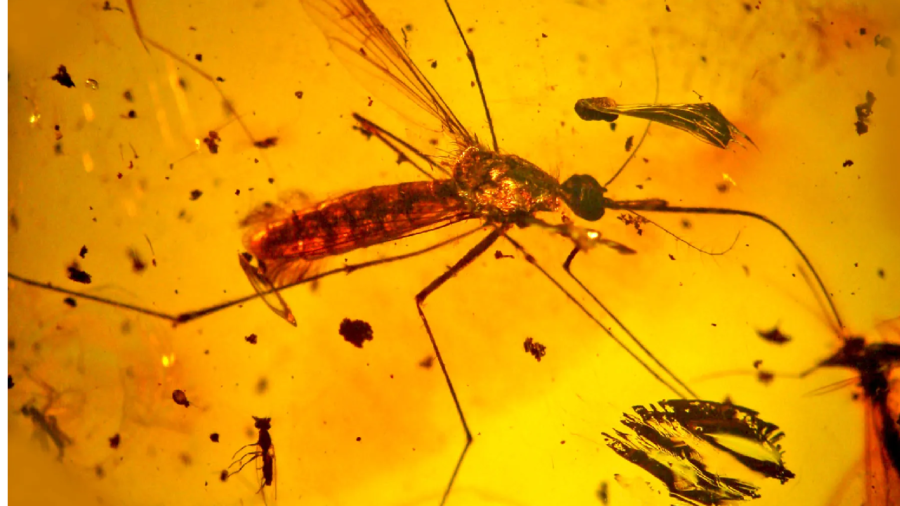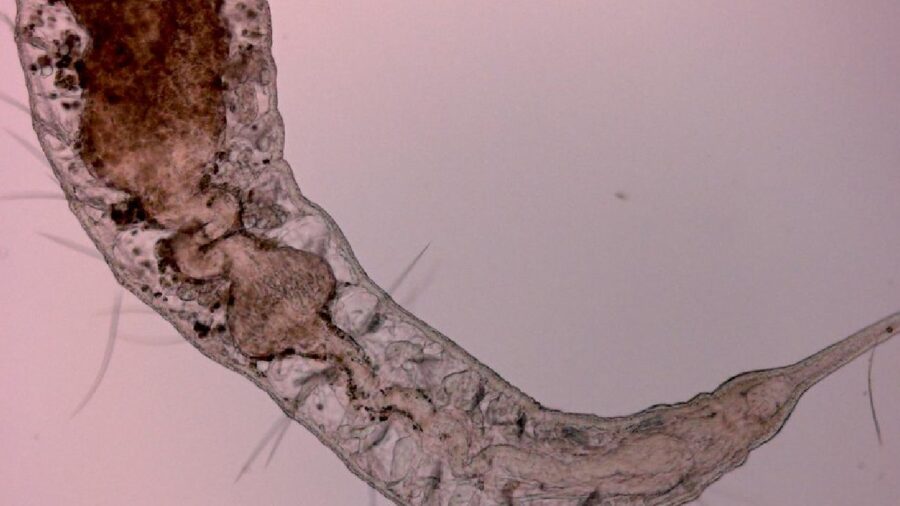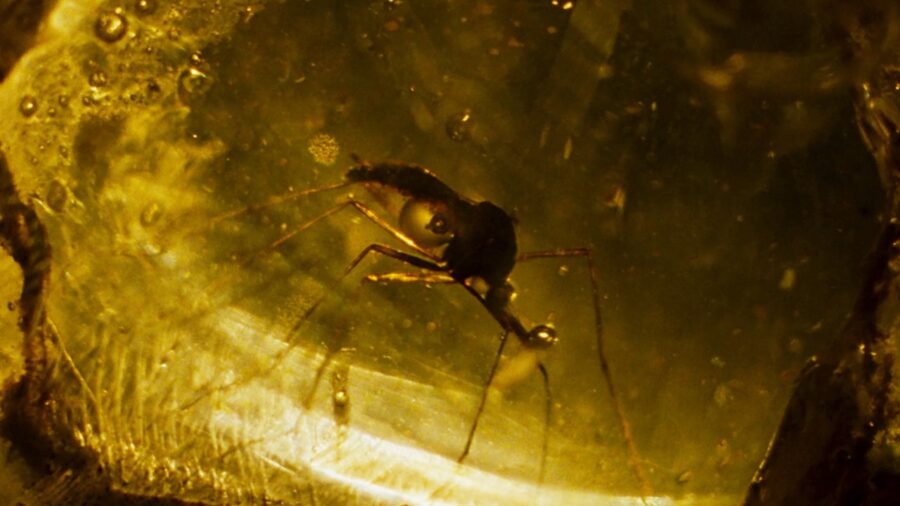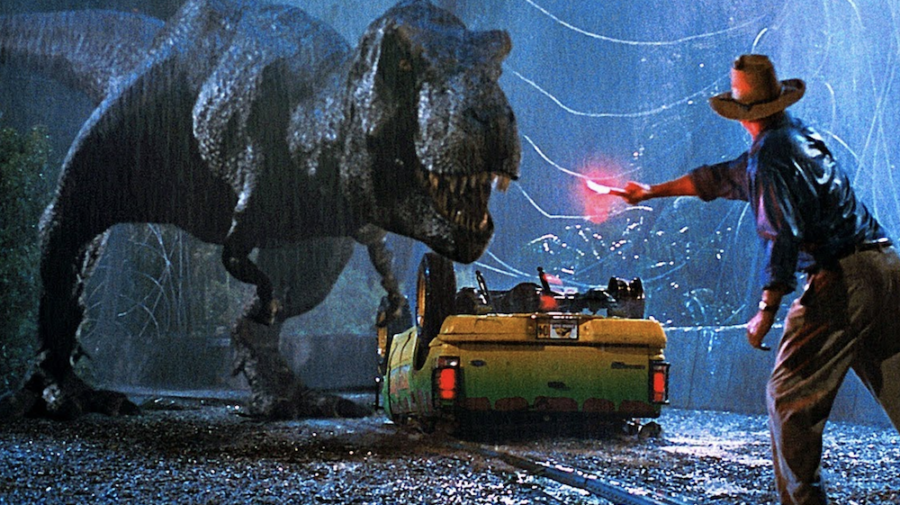Jurassic Park Is Real, Ancient Creature Found Preserved In Amber Almost 100 Million Years Old

Scientists at the Nanjing Institute of Geology and Paleontology at the Chinese Academy of Sciences recently published a paper claiming that a prehistoric tapeworm was found partially intact inside a sample of 100-million-year-old amber. The sample was found inside a form of mid-Cretaceous Kachin amber, taken from the country of Myanmar. The discovery of a tapeworm from this era is extremely rare, and the host DNA that might be inside of it reek of the beginnings of Jurassic Park.
Spared No Expense

For fans of the Jurassic Park film franchise, the discovery of a parasitic creature that was trapped for millions of years in amber was the impetus for recreating dinosaurs from pre-historic DNA. In the original film, a mosquito was the creature that genetic scientists used to extract the DNA from extinct creatures from a time when dinosaurs ruled the Earth. With that in mind, it’s not entirely out of the realm of possibility that the tapeworm recovered from 100-million-year-old amber would have traces of the DNA that belonged to the prehistoric host it attached itself to.
Ancient Hosts

Without any consideration of the massive number of leaps of faith this sort of endeavor necessitates, suppose the tapeworm had hooked itself into the intestine of an ancient giant from the Early Cretaceous period. This could mean that the DNA samples found inside the parasite might be from any number of dinosaurs from that time. The large, meat-eating deinonychus, the horned carnotaurus, or a massive carcharodontosaurus, which boasted a bigger skull than a tyrannosaurus rex, might well have hosted the tapeworm that has made its home in amber for the last 100 million years.
Parasites Aren’t Usually Preserved

What makes this discovery so significant is that parasites rarely found themselves to be preserved for that long. Whether a tapeworm or a mosquito, the lack of skeletal structure and tiny size has made it nearly impossible for specimens that are even partially intact to be commonplace. But amber has shown itself to possess great preservative qualities, functioning as a tiny time capsule from a time that predates our own species by tens of millions of years.
It Could Have Slid Out Of A Dinosaur

Researchers stated that this particular tapeworm was likely a marine endoparasite, but that its location upon discovery indicated that it was deposited into the amber on shore. This could mean that the host creature was a marine dinosaur that found itself trapped on land and died, causing the tapeworm to detach itself from the host’s intestine and move out of the body and into sticky amber. But another scenario is a bit more exciting.
Another Possibility

Scientists theorize that before the tapeworm found its way into the amber that it was enjoying its time inside an ancient sea creature. The tapeworm’s host was grabbed from the sea water by a land roaming dinosaur and eaten. If this was the case, researcher Cihang Luo from the Nanjing Institute of Geology and Paleontology says that the tapeworm would have detached itself when its host was eaten, making its way out and becoming stuck in the amber.
Sources: Science News












